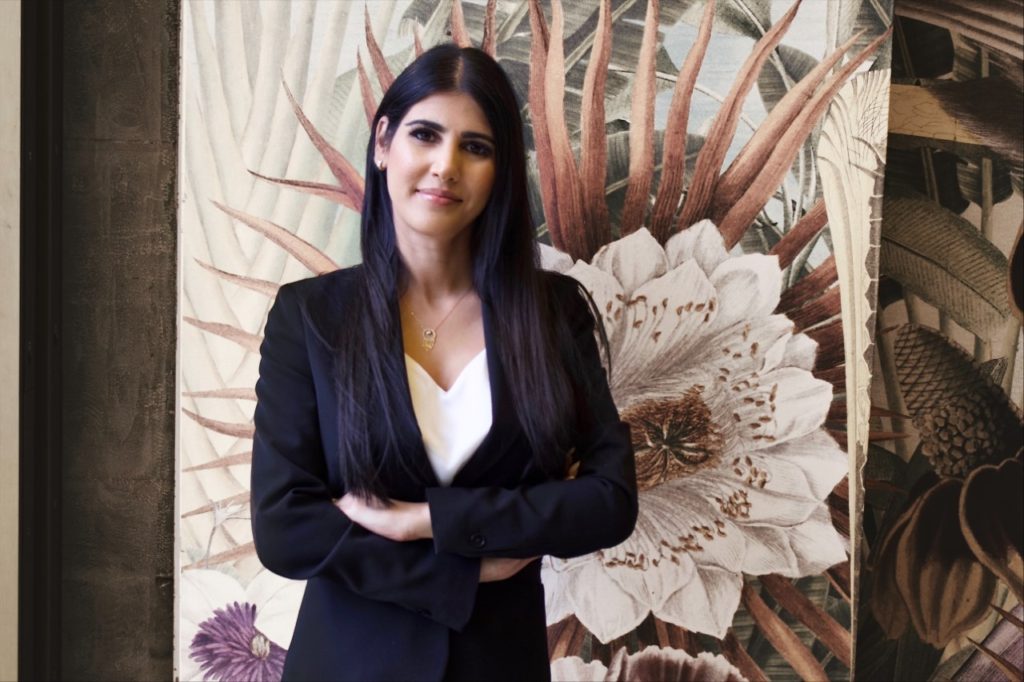Meet our programme alumni, Sheena Evolution.
Whilst we aim to always celebrate and encourage all of our business network, with it being Women’s Entrepreneurship Day, we asked Sheena Evolution a few questions to give you a glimpse of her business journey as a women in tech.

Sheena Evolution
Founder of House My Pet
What are you most proud of in your business?
As an early start up I am most proud of pivoting, determination and persistence to keep going.
Having launched just before COVID-19 and during a year of uncertainty, shifting my business strategy to accommodate changes in the industry, customer preferences and other factors that impacted my current platform. I had to go in survival mode and respond to COVID-19 with pivoting and new ideas to stay on course which I actually quite enjoyed and kept me hopeful and ambitious. I narrowed in our focus, refined our business model and hit the ground running in a direction that we know will fulfil our purpose of providing the ultimate trusted pet care experience. While we still have a lot of work to do, I extremely proud of the team we have managed to build over the past year, and feel confident that it sets us up for further success in 2022 with our new platform launching at the end of this year.
What would you say to your younger female self?
Surround yourself with people who will only lift yourself higher. Have a support system. Whether it’s your family, friends or both, everyone needs a support system. We all need someone to turn to and ask for advice throughout our lives. Your support system should include people that you trust and believe want the best for you. Those are the people in life who will encourage you to succeed.
What responsibility do you feel for promoting women in your field?
To challenge the likability penalty. Likeability bias is rooted in age-old expectations.
We expect men to be assertive, so when they lead, it feels natural. We expect women to be kind and communal, so when they assert themselves, we like them less. Success and likeability are positively correlated for men and negatively correlated for women.
When you hear a woman called “bossy” or “shrill,” request a specific example of what the woman did and then ask, “Would you have the same reaction if a man did the same thing?” Appropriate bias training is important for all members of the staff so that they are aware of not only their actions but also the language and words that they employ. Words, even when meant as a joke or banter, can create a feeling of mistrust rather than a positive workplace. It is really important that we create a culture where we bring men into this debate and discourse as much as women, and men are seen as ambassadors for equality and female leaders.
Nevertheless, it is also important to consider that it is not just men who carry these biases, as women can discriminate against women too, and penalize other women for being successful, or trying to be. And, most importantly, companies and organizations have to take a closer look at their workplace policies and redefine what a “leader” really means. We need to actively work towards assessing the traditional gender norms, and the way we assign leadership qualities.
How can we close the gender gap in tech?
The most important thing we can do to close the gender gap in technology jobs is to start with our girls at school. When I was a kid, it wasn’t cool for girls to like computers or programming; that was a “boy” hobby!
It is imperative that we take the gender stereotypes out of the equation and encourage all children, not just our boys, to pursue their interests in IT. I loved everything to do with computers when I was a kid and sadly, many young women do not see computing-related subjects as an option for their future career.
Research suggests that a variety of factors are likely to be responsible, including feeling like they don’t belong in the subject or its community, a lack of sustained encouragement, and a lack of computing role models when they are learning about the subject. We need to encourage girls to develop an interest during their primary and secondary school years and increase the number of young women who choose to study Computer Science at GCSE and A level.